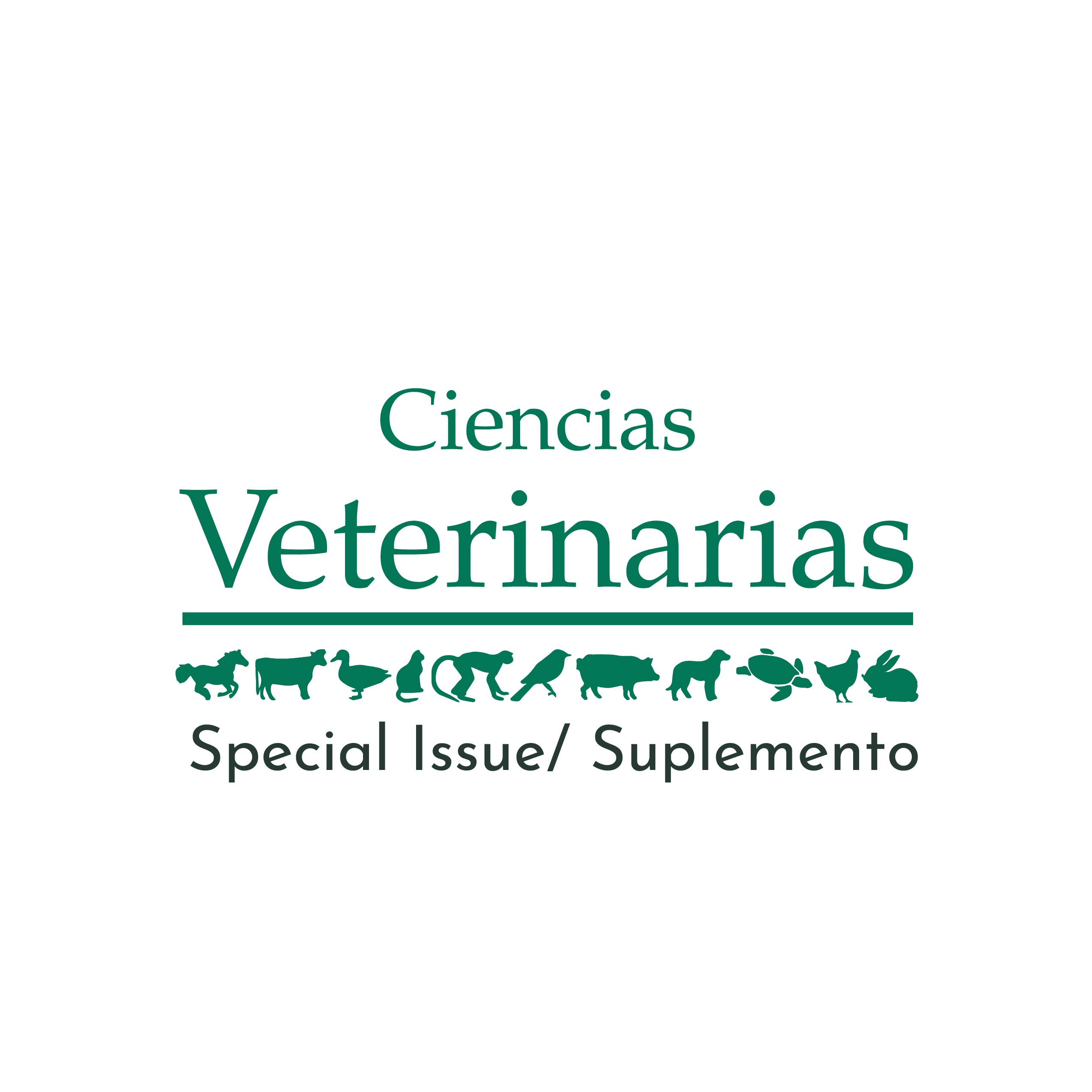Towards functional regeneration of perhaps the most difficult tissue in the body: articular cartilage
DOI:
https://doi.org/10.15359/rcv.37-3.3Abstract
Regenerative medicine aims at restoring or improving lost or affected functions of the body by stimulating the inherent healing capacity of tissues. The central paradigm of tissue engineering is that such repair is facilitated and enhanced using several approaches that may range from application of biologically active products (such as growth factor containing platelet rich plasma (PRP) or stem cells from a variety of sources) to the use of biofabricated implants. In all cases the aim is that in the end the body’s own healing capacity will result in the production of tissues that are identical to or at least functionally equivalent to the original tissues of which the function has been (partially) lost. In the case of the use of biofabricated implants, these are meant as temporary scaffolds that will stimulate the body’s own cells through a variety of cues but are destined to finally degrade and be replaced by newly made tissue. Ideally, this is a well-balanced gradual process in which there is a match between the disappearance (and loss of biological effect) of the engineered tissues and the formation (and increased biological effect) of the native tissues that replace the implant.
There are many examples of successful applications of this theory, e.g. in the areas of bladder reconstruction (Londono & Badylak 2015). However, recently, it has become clear that this concept (and hence the paradigm) does not hold for articular cartilage because the collagen network, which is crucial for the biomechanical functions of articular cartilage, will, once damaged, not be reconstituted to any degree in mature individuals (Heinemeier et al. 2016). For this reason, a paradigm shift is necessary in the field of regenerative medicine of articular cartilage and attempts at tissue engineering in this field will have to be redirected. There are in principle two ways to achieve such a paradigm shift: either by recreating the tissue homeostatic and (epi)genetic environment as present in fetuses and young, growing, individuals in which remodeling of the collagen network is still possible, or by adopting Nature’s approach in the mature individual, i.e. by creating a life-long persisting, immutable structural component of articular cartilage. Both ways face considerable challenges before they can become reality.
References
Heinemeier, K.M., Schjerling, P., Heinemeier, J., Møller, M.B., Krogsgaard, M.R., Grum-Schwensen, T., Petersen, M.M. & Kjaer, M. 2016. Radiocarbon dating reveals minimal collagen turnover in both healthy and osteoarthritic human cartilage. Sci. Transl. Med. 8(346): 346ra90. DOI: 10.1126/scitranslmed.aad8335
Londono R., & Badylak, S.F. 2015. Biologic scaffolds for regenerative medicine: mechanisms of in vivo remodeling. Ann. Biomed. Eng. 43(3):577-592. DOI: 10.1007/s10439-014-1103-8
Published
How to Cite
Issue
Section
License
Licensing of articles
All articles will be published under a license:

Licencia Creative Commons Atribución-NoComercial-SinDerivadas 3.0 Costa Rica.
Access to this journal is free of charge, only the article and the journal must be cited in full.
Intellectual property rights belong to the author. Once the article has been accepted for publication, the author assigns the reproduction rights to the Journal.
Ciencias Veterinarias Journal authorizes the printing of articles and photocopies for personal use. Also, the use for educational purposes is encouraged. Especially: institutions may create links to specific articles found in the journal's server in order to make up course packages, seminars or as instructional material.
The author may place a copy of the final version on his or her server, although it is recommended that a link be maintained to the journal's server where the original article is located.
Intellectual property violations are the responsibility of the author. The company or institution that provides access to the contents, either because it acts only as a transmitter of information (for example, Internet access providers) or because it offers public server services, is not responsible.







